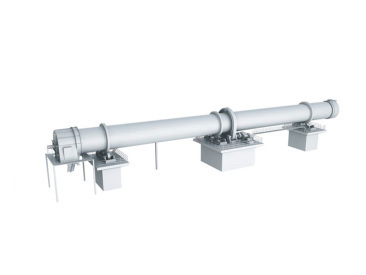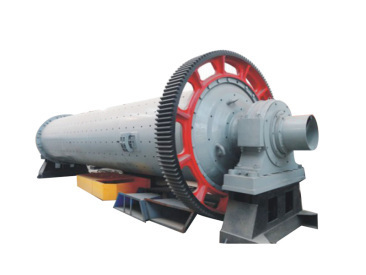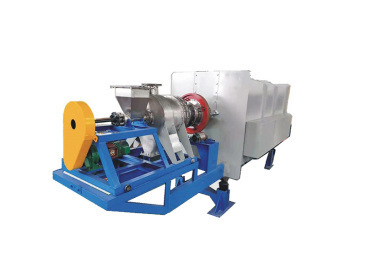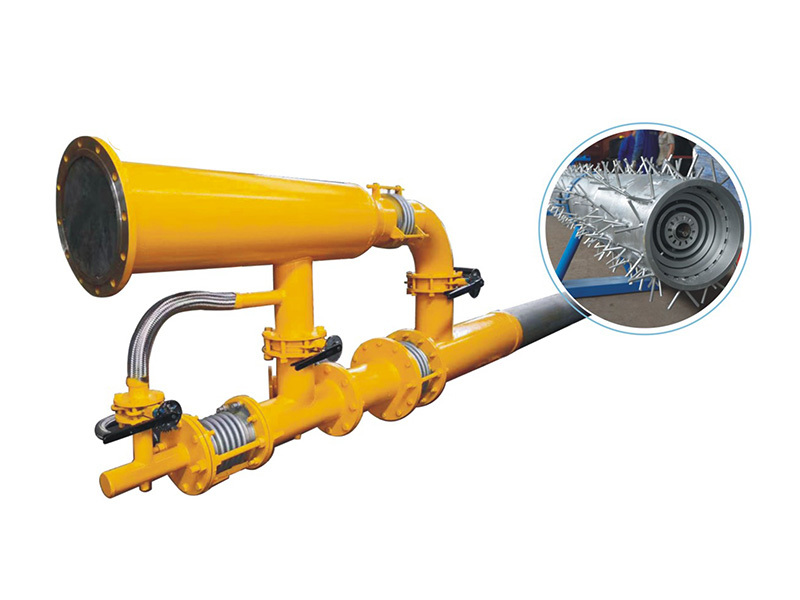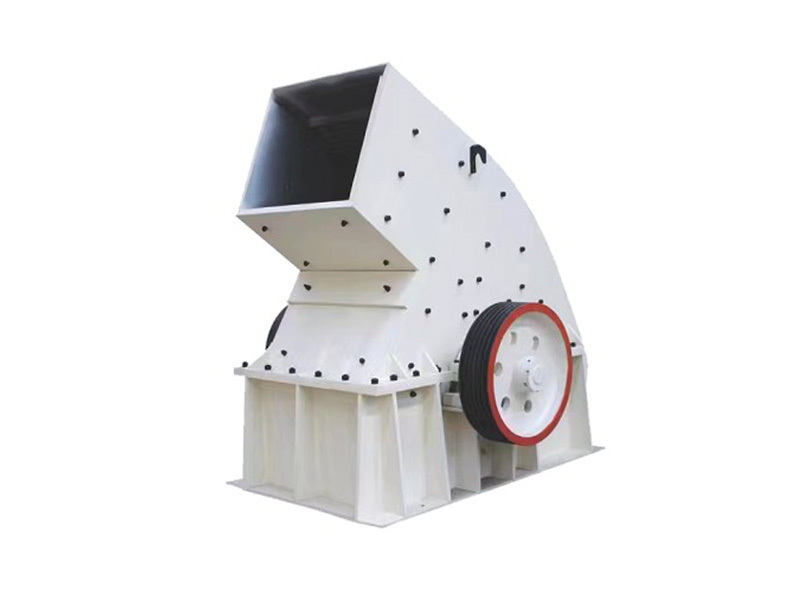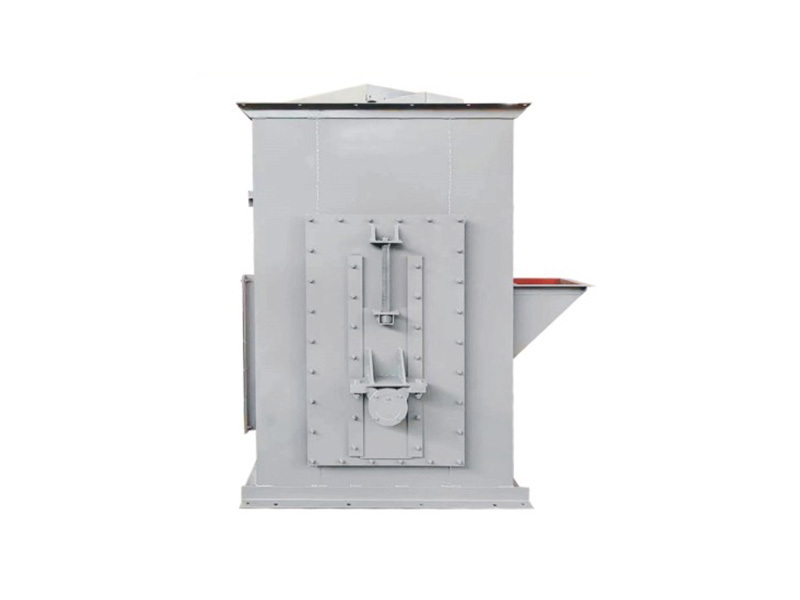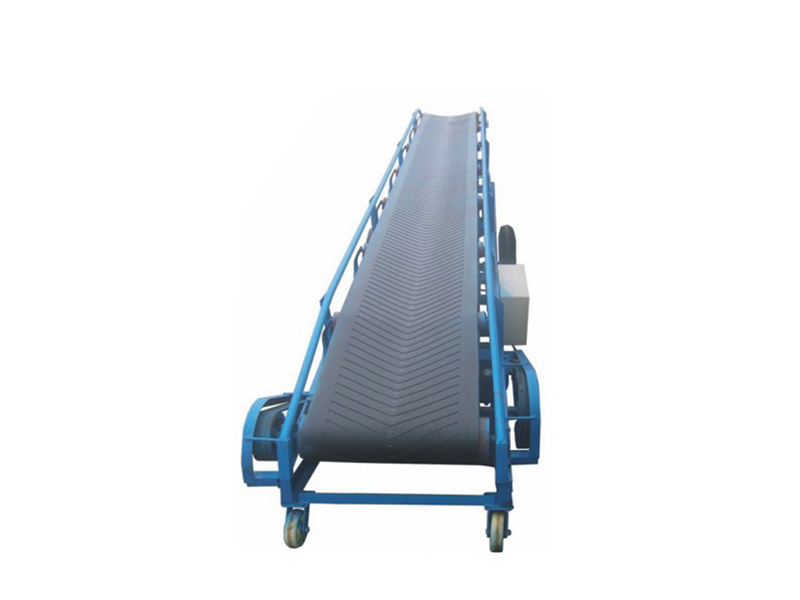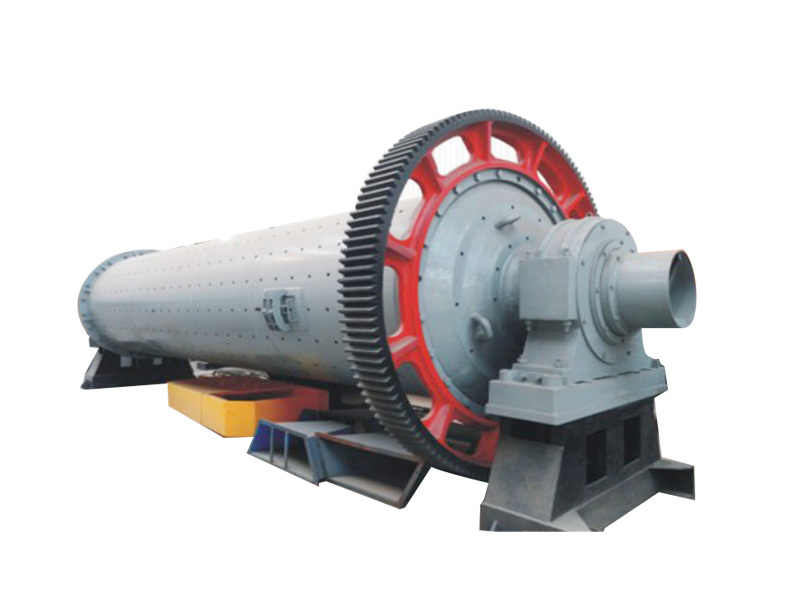Industrial Rotary Kilns: Key Factors for Optimal Performance in Material Processing
Industrial Rotary Kilns: Key Factors for Optimal Performance in Material Processing
Rotary kilns are a cornerstone in various industrial applications, particularly in the processing of materials such as cement, lime, and ceramics. The effectiveness and efficiency of these kilns significantly influence production output and operational costs. In this in-depth exploration, we will elucidate the **ke
Industrial Rotary Kilns: Key Factors for Optimal Performance in Material Processing
Rotary kilns are a cornerstone in various industrial applications, particularly in the processing of materials such as cement, lime, and ceramics. The effectiveness and efficiency of these kilns significantly influence production output and operational costs. In this in-depth exploration, we will elucidate the **key factors** that contribute to the optimal performance of industrial rotary kilns, ensuring that your operations run smoothly and profitably.
Table of Contents
1. Understanding Rotary Kilns: An Overview
2. The Role of Temperature Control in Rotary Kilns
3. Fuel Types and Their Impact on Performance
4. Importance of Kiln Maintenance for Longevity
5. Material Feed and Its Effects on Kiln Efficiency
6. Atmospheric Conditions and Their Influence
7. Technological Innovations in Rotary Kiln Design
8. Conclusion: Maximizing Performance in Industrial Rotary Kilns
9. FAQs: Common Questions About Rotary Kilns
Understanding Rotary Kilns: An Overview
Rotary kilns are cylindrical vessels that rotate around their axis and are used to heat materials to high temperatures. The design of a rotary kiln is vital, as it facilitates the transformation of raw materials into finished products through chemical and physical processes. These kilns are integral to industries such as cement production, where they help achieve the calcination of limestone, or in the production of ceramics, where they assist in shaping and hardening.
The core components of a rotary kiln include the kiln shell, refractory lining, and the drive system. Understanding these components enables better operational management and maintenance strategies, ultimately leading to improved performance metrics.
Types of Rotary Kilns
There are several types of rotary kilns based on their design and application:
- **Direct-fired kilns**: where fuel is introduced directly into the kiln along with the material.
- **Indirect-fired kilns**: where the material is heated indirectly, usually in an inert atmosphere.
- **Hybrid kilns**: which combine features of both direct and indirect firing.
Each type has distinct advantages and applications, making it crucial to select the appropriate kiln for specific industrial needs.
The Role of Temperature Control in Rotary Kilns
Temperature control is a critical factor influencing the efficiency of rotary kilns. The **temperature inside the kiln** affects the chemical reactions occurring within the materials being processed. Maintaining optimal temperature levels ensures that the desired material properties are achieved.
Key Temperature Zones in Rotary Kilns
1. **Preheating Zone**: Here, materials are gradually heated to eliminate moisture.
2. **Calcining Zone**: This area reaches the highest temperature to facilitate the necessary chemical reactions.
3. **Cooling Zone**: Post-reaction, materials must be cooled to stabilize their structure.
Effective temperature management can be achieved through advanced control systems that monitor and adjust the heat profile in real-time, leading to improved product quality and reduced energy consumption.
Fuel Types and Their Impact on Performance
The choice of fuel significantly impacts the performance and operational costs of rotary kilns. Different fuels provide varying levels of efficiency and emissions, which can influence overall kiln performance.
Common Fuel Types for Rotary Kilns
- **Natural Gas**: Offers a cleaner burn and lower emissions.
- **Coal**: Widely used due to its availability and cost-effectiveness, though it may produce higher emissions.
- **Biomass**: An increasingly popular alternative that is renewable and can reduce carbon footprint.
- **Electricity**: Used in some specialized kilns for precise temperature control.
The selection of fuel must align with the operational goals, environmental regulations, and cost considerations of the manufacturing process.
Importance of Kiln Maintenance for Longevity
Regular maintenance is crucial for the longevity and performance of rotary kilns. Neglecting maintenance can lead to significant downtimes and costly repairs. A well-maintained kiln operates more efficiently, reducing energy costs and improving product quality.
Key Maintenance Practices
- **Regular Inspections**: Scheduled checks for wear and tear on the kiln shell and refractory lining.
- **Lubrication of Moving Parts**: Ensuring the drive system operates smoothly to prevent mechanical failures.
- **Replacement of Damaged Components**: Timely replacement of worn-out parts can prevent larger issues down the line.
Implementing a comprehensive maintenance program is essential for achieving optimal kiln performance and reducing the risk of unexpected failures.
Material Feed and Its Effects on Kiln Efficiency
The manner in which materials are fed into the rotary kiln can significantly impact its efficiency and performance. Achieving the correct feed size and composition is essential for ensuring optimal processing conditions.
Factors Influencing Material Feed Efficiency
- **Particle Size**: Smaller particles tend to have a higher surface area, improving heat transfer but may require more energy for feeding.
- **Moisture Content**: High moisture levels in the feed can lead to inefficient heating and increased energy consumption.
- **Homogeneity**: A consistent material feed ensures even heating and reaction within the kiln.
Optimizing material feed practices can enhance the overall efficiency of the rotary kiln, leading to better product quality and lower operational costs.
Atmospheric Conditions and Their Influence
The atmospheric conditions within and around the rotary kiln play a pivotal role in its performance. Factors such as oxygen levels, pressure, and humidity can affect combustion processes and overall efficiency.
Managing Atmospheric Conditions
- **Oxygen Levels**: Controlling oxygen levels is crucial for efficient combustion. Insufficient oxygen can lead to incomplete combustion and energy losses.
- **Pressure Management**: Maintaining the right pressure within the kiln helps ensure consistent material flow and reaction rates.
- **Humidity Control**: Controlling humidity levels prevents excessive moisture buildup, which can adversely affect heating efficiency.
By closely monitoring and managing these atmospheric conditions, operators can ensure optimal kiln performance.
Technological Innovations in Rotary Kiln Design
Advancements in technology continue to enhance the performance and efficiency of rotary kilns. New designs and systems have been developed to improve heat transfer, reduce emissions, and optimize production processes.
Modern Technological Developments
- **Advanced Monitoring Systems**: Utilize sensors and data analytics to provide real-time insights into kiln operations.
- **Enhanced Refractory Materials**: New materials improve insulation and resistance to wear, extending the life of the kiln lining.
- **Automation and Control Systems**: Automated systems facilitate precise control over temperature, feed rates, and other critical parameters, improving overall efficiency.
Embracing these technological advancements can lead to significant improvements in rotary kiln performance and operational efficiency.
Conclusion: Maximizing Performance in Industrial Rotary Kilns
In conclusion, optimizing the performance of industrial rotary kilns hinges on several key factors, including effective temperature control, the choice of fuel, proper maintenance, and management of material feed and atmospheric conditions. By understanding and implementing these factors, operators can enhance efficiency, reduce costs, and improve product quality. Embracing technological innovations further empowers industries to push the boundaries of performance, ensuring that rotary kilns remain a pivotal component in material processing.
FAQs: Common Questions About Rotary Kilns
1. What is a rotary kiln used for?
Rotary kilns are used for heating and processing materials in various industries, including cement, lime, and ceramics. They facilitate chemical reactions and transformations crucial for producing high-quality products.
2. How does temperature control affect rotary kiln performance?
Temperature control is vital in ensuring that materials reach the necessary heat levels for chemical reactions, impacting product quality and energy efficiency.
3. What types of fuel can be used in rotary kilns?
Common fuels include natural gas, coal, biomass, and electricity, each offering different benefits regarding efficiency and emissions.
4. How can I improve the efficiency of my rotary kiln?
Improving efficiency can be achieved through proper maintenance, optimizing material feed, and managing atmospheric conditions, alongside leveraging modern technology.
5. What are the signs that a rotary kiln needs maintenance?
Signs include unusual noises, improper heating, increased fuel consumption, and visible wear on kiln components. Regular inspections can help identify issues before they escalate.
Recommend Content
Industrial Rotary Kilns: Key Factors for Optimal Performance in Material Processing
Industrial Rotary Kilns: Key Factors for Optimal Performance in Material Processing
Rotary kilns are a cornerstone in various industrial applications, particularly in the processing of materials such as cement, lime, and ceramics. The effectiveness and efficiency of these kilns significantly influence production output and operational costs. In this in-depth exploration, we will elucidate the **ke






